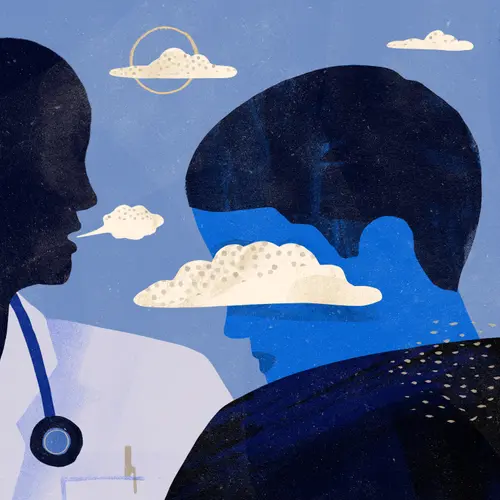May 23, 2024 – More people in the U.S. now use marijuana nearly every day than the number of people who use alcohol daily or most days of the week.
In a new analysis published in the journal Addiction, researcher Jonathan Caulkins, PhD, a cannabis policy researcher and professor at Carnegie Mellon University, analyzed survey data stretching back to 1979, which was the first time marijuana use was included in what is now called the National Survey on Drug Use and Health. Daily or near-daily reported use of marijuana and alcohol have both increased in the past 30 years, but the increase has been much sharper among marijuana users.
In 2022, 17.7 million people reported using marijuana anywhere from 25 to 30 days per month, compared to just 900,000 daily or near daily users in 1992. In contrast, 14.7 million people reported daily or near daily alcohol use, compared to 8.9 million using at that frequency in 1992.
More than 1 in 5 people ages 12 and older in the U.S. said in the same survey they had used marijuana at least once in the past year. Recreational marijuana has been legalized by about half of U.S. states.
“The headline finding is that cannabis use is way up,” Caulkins said in a podcast published alongside his new paper.
He said that it's time to start looking beyond the sheer number of people who say they use marijuana, because its use is so common now.
“When we only monitor prevalence (the number of people who report using in the past month or the past year), we’re missing more than half of the story … the really big increase has been the shift towards greater intensity of use,” he said.
Future research questions about marijuana usage may include how many times per day a person uses the drug, he said.
“There are people who use every day but only use once a day, and there are people who use every day but use six times a day,” Caulkins said.
He also noted that marijuana’s position in society has changed over time, and the way it is viewed now varies based on different groups of users and nonusers.
“Back in 1992, it was essentially a recreational or party drug, sort of a weekend activity, and now it has morphed into something that is part of the daily routine for about 40% of its current users,” Caulkins said in the podcast, adding that views vary, from seeing marijuana as a medicine to also being part of holistic lifestyle and “like a nutraceutical.”
An estimated 3 in 10 people who use marijuana meet the definition of addiction, known as marijuana use disorder.
“But for all of those people, it’s essentially a part of their daily life, not a part of their social or recreational life,” Caulkins said.
He said there should be future research that doesn't focus on survey data of users, who tend to have biases and under-report. Instead, he said, it may be valuable to ask people about the impact of marijuana use by others.
